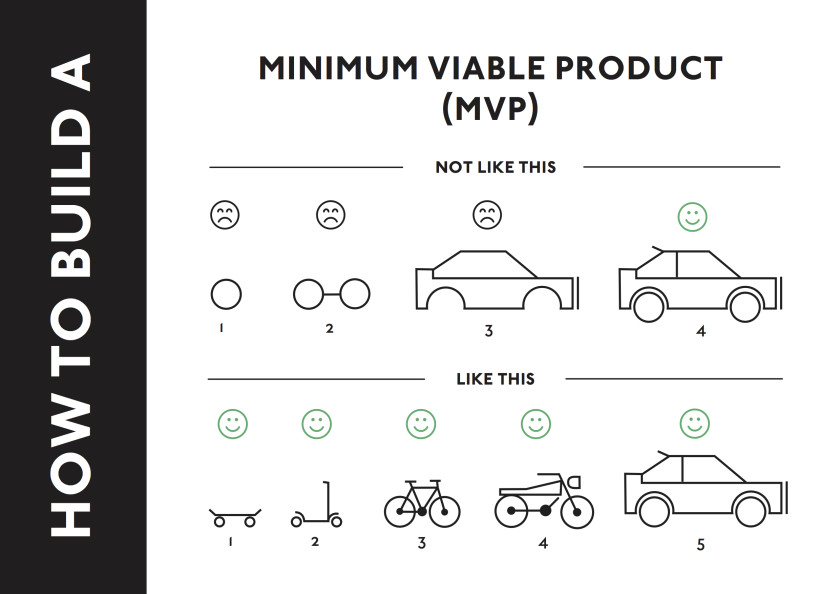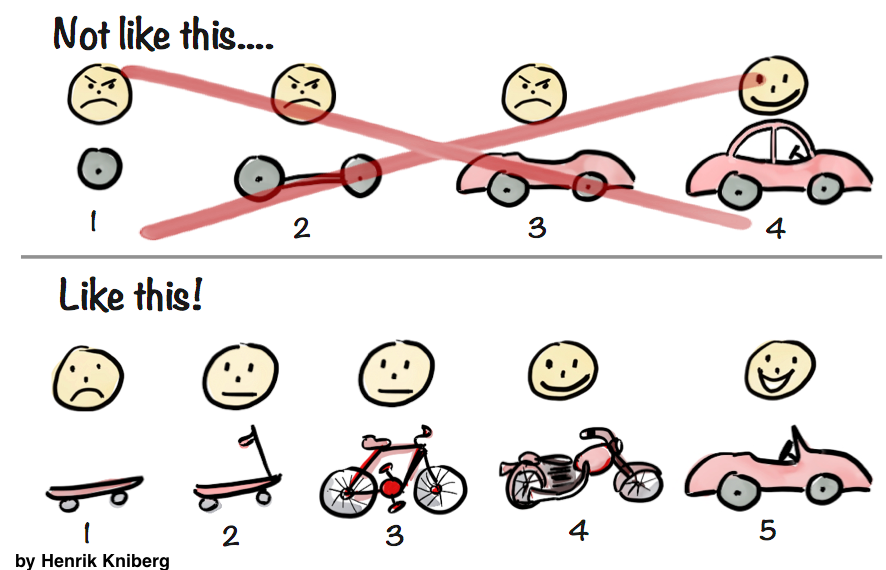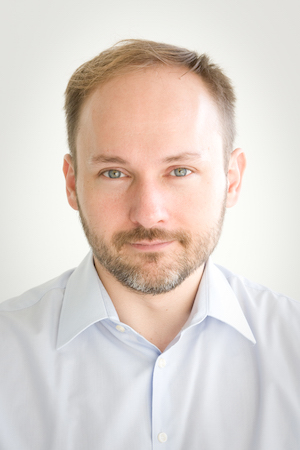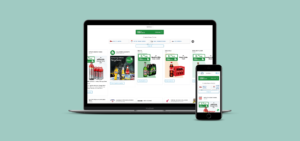How much should a Minimum Viable Product cost? How much time should an MVP take to build and launch? These are the questions our clients ask us and every time answering these questions comes down to one simple conclusion – we understand and define MVP differently. 🙂
Some of our clients say they want an MVP but expect a fully blown, fully-featured, phat (fat?) website or a web application. At the same time, they would like it developed in the shortest possible time and really low-cost.
After all, it’s an MVP! So it should be cheap, right?
Well, not necessarily.
But let’s start at the beginning and find the difference between these two images below:
It’s easy to see and grasp that users will NOT be happy with a skateboard while expecting Customer Experience provided by a red Italian convertible.
Perhaps a better term is Minimum Loveable Product. A bicycle is a loveable and useful product for somebody with no better means of transport, but is still very far from the motorcycle that it will evolve into. – Henrik Kniberg in “How Spotify builds products”
Ok, so building an MVP is about creating a product your users will actually like?
As Wikipedia puts it:
Building an MVP is about finding “the sweet spot between products without the required features that fail at sunrise and the products with too many features that cut return and increase risk”
So what’s the sweet spot? Users have to love it but at the same time, time-to-market or time-to-value has to be short. And of course, our MVP has to be cheap. Can it be done? Can we develop a great quality product in a very short time at a low budget?
It’s not easy that’s for sure.
We’d have to consult the Project Management Triangle also commonly known as the Triple Constraint or the Triangle of Balance.
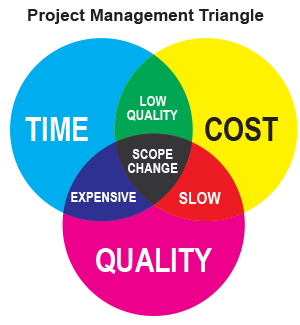
The idea is that you can have 2 out of 3: either speed and quality, quality and low cost or low cost and speed. All come at a price.
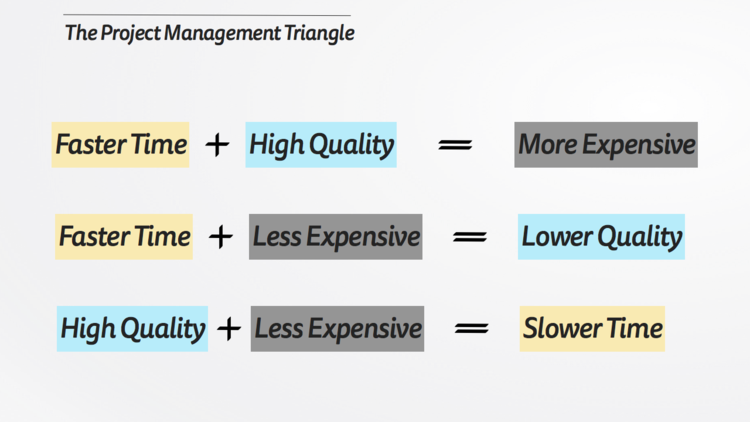
If you don’t like any of the options you are left with project scope change. Which usually happens several times before the project is completed. Which is the point of agile software development methodology. Which requires a lot of communication and patience on both sides of the negotiation table.
There also is a possibility an unexpected guest will drop by Scope Creep. We’ll discuss it some other time.
Bottom line – everybody wants to build a lovable product but without some time and a proper budget, it will be laughable instead. Some scope changes will be necessary.
And yes, we know “it has to be there” and “we cannot launch without it” and “it is business-critical“. Let’s talk about it. Maybe there’s a workaround. Maybe there’s a way we could optimize cost, timeline (deadlines!) and quality.
So here it is…
Building a Minimum Viable Product is about negotiating project scope to optimize product budget, timeline and quality.
And I assure you there will be a lot of heated discussions. Don’t get me wrong – we want to build great things with you and for you but also we want to overdeliver – not overpromise. It would leave both sides unsatisfied.
Let me leave you with a quote from a fellow business founder:
If you want your platform to do everything, add another “0” to your project budget – Zack Kanter, @zackkanter


